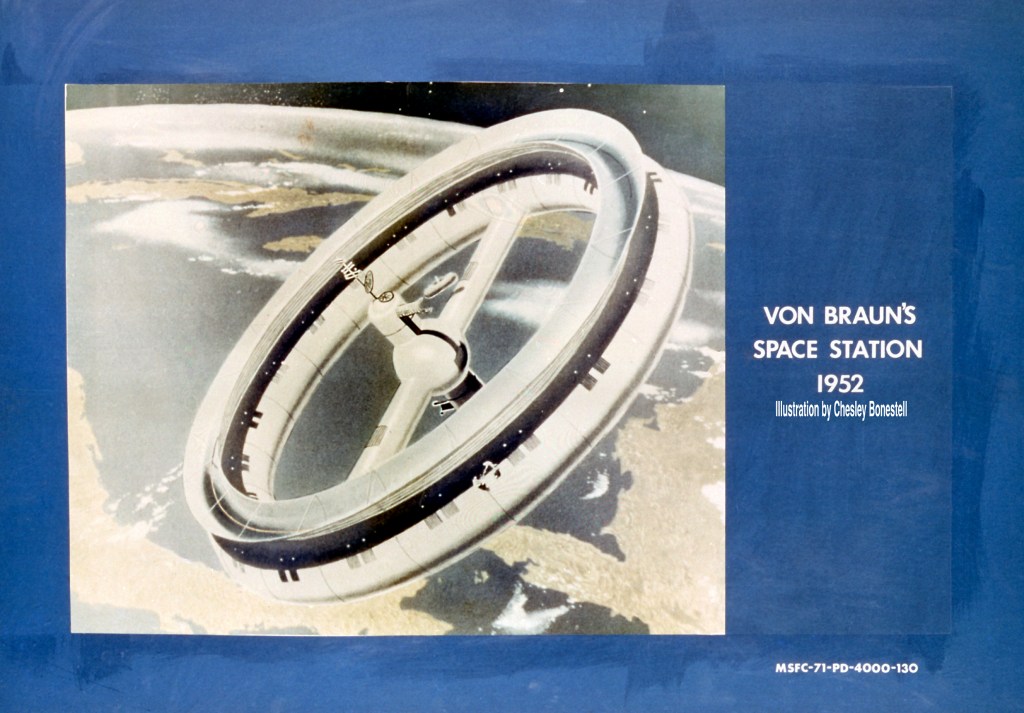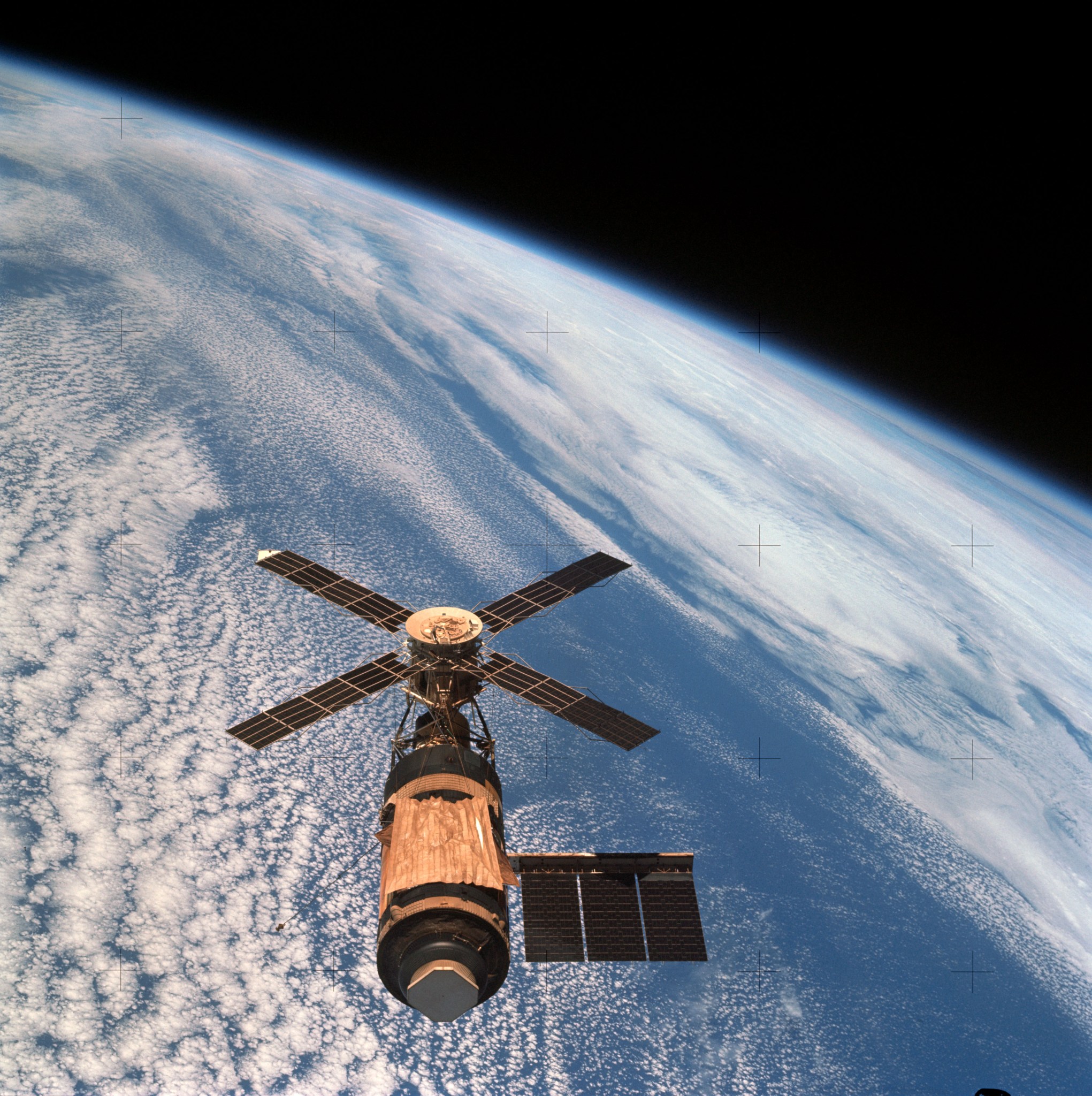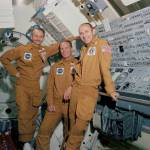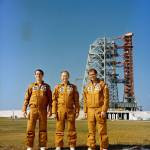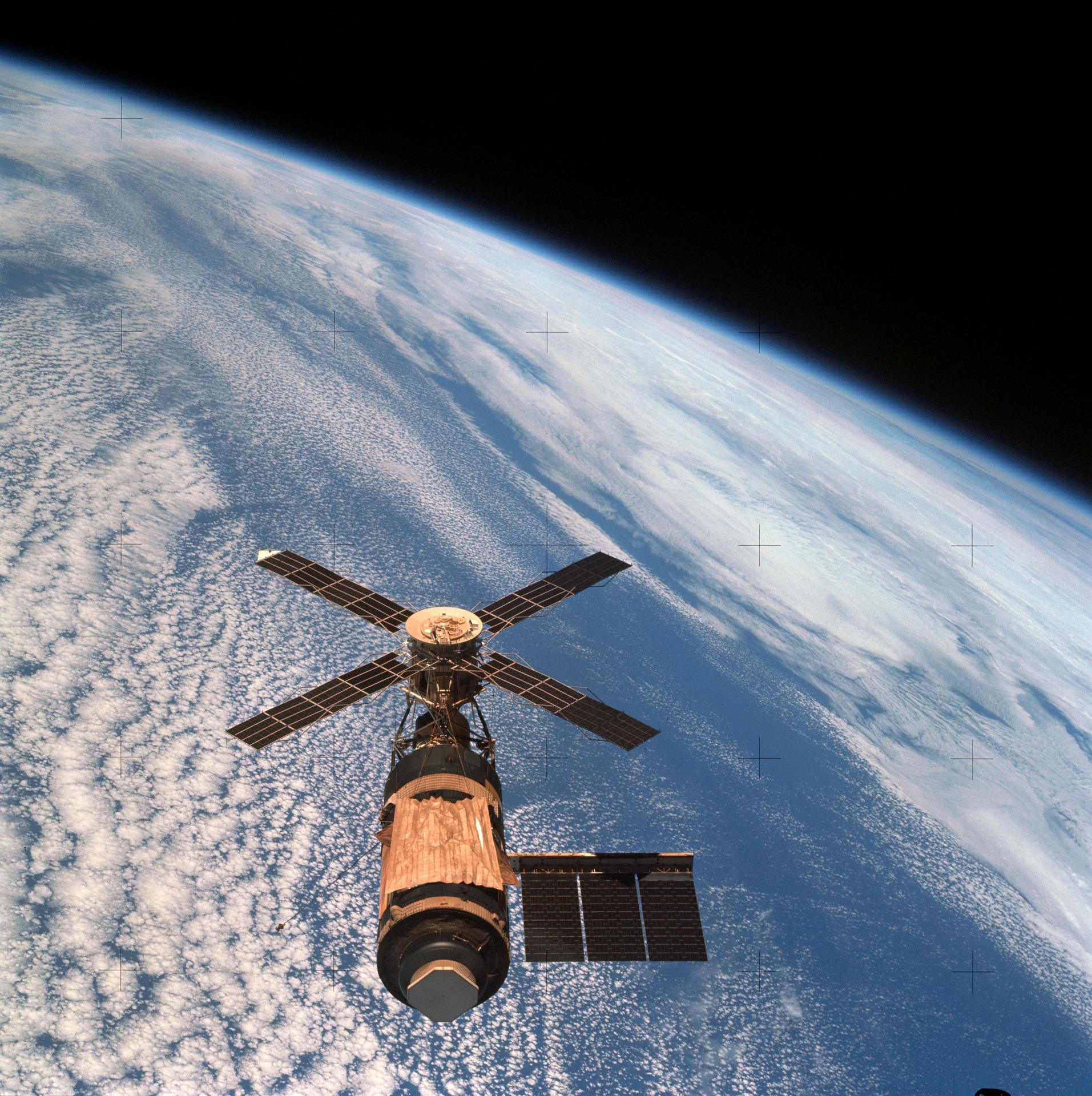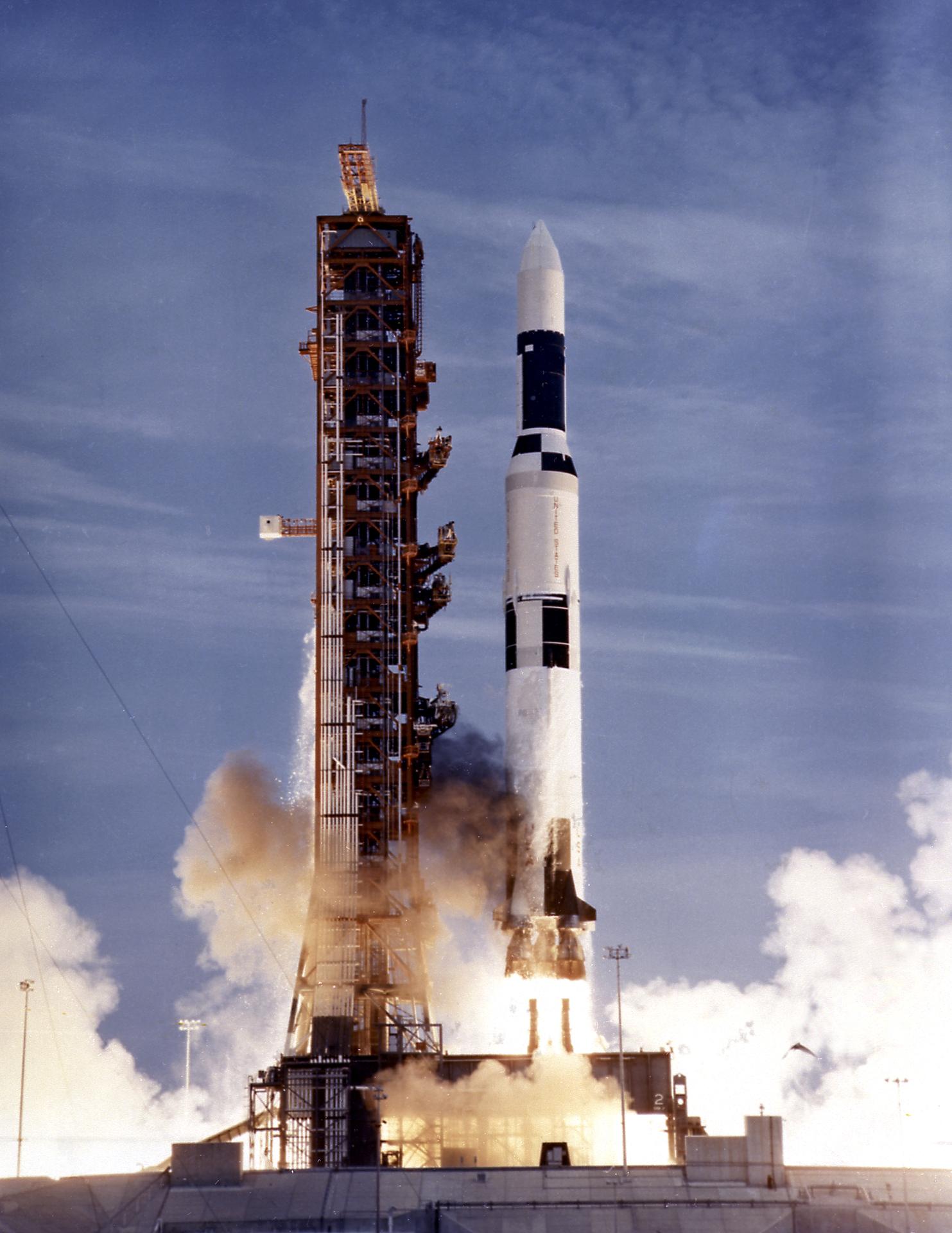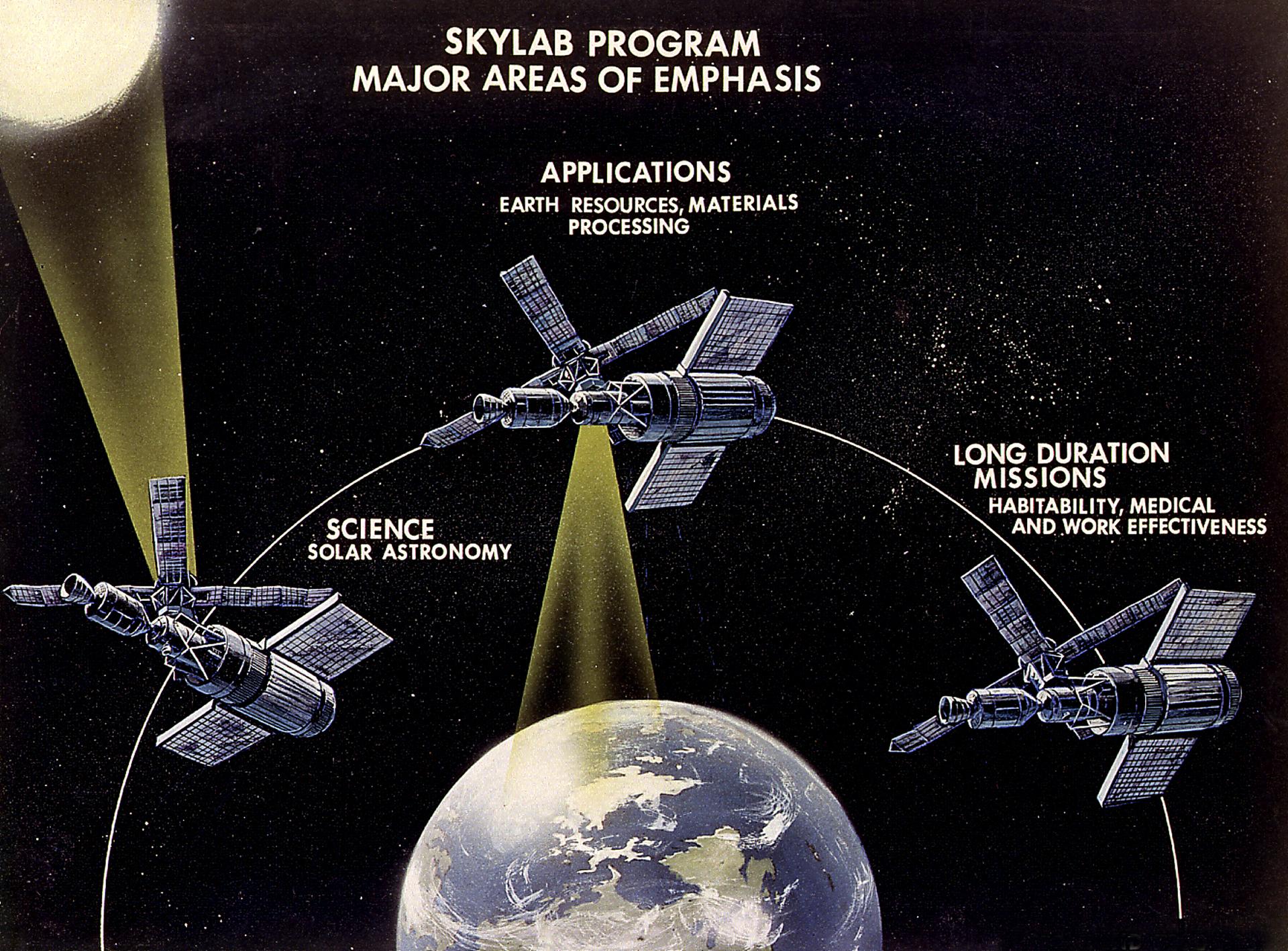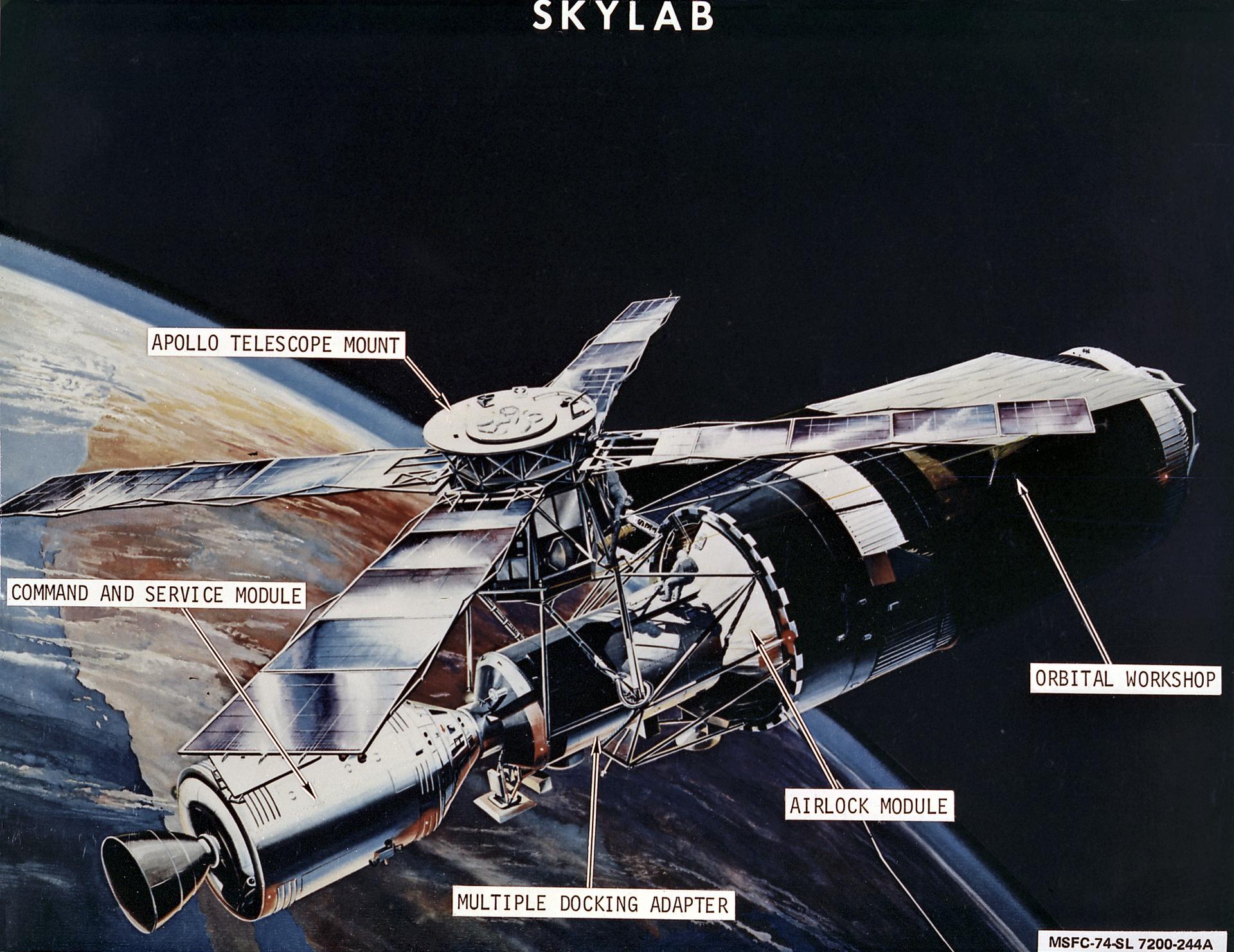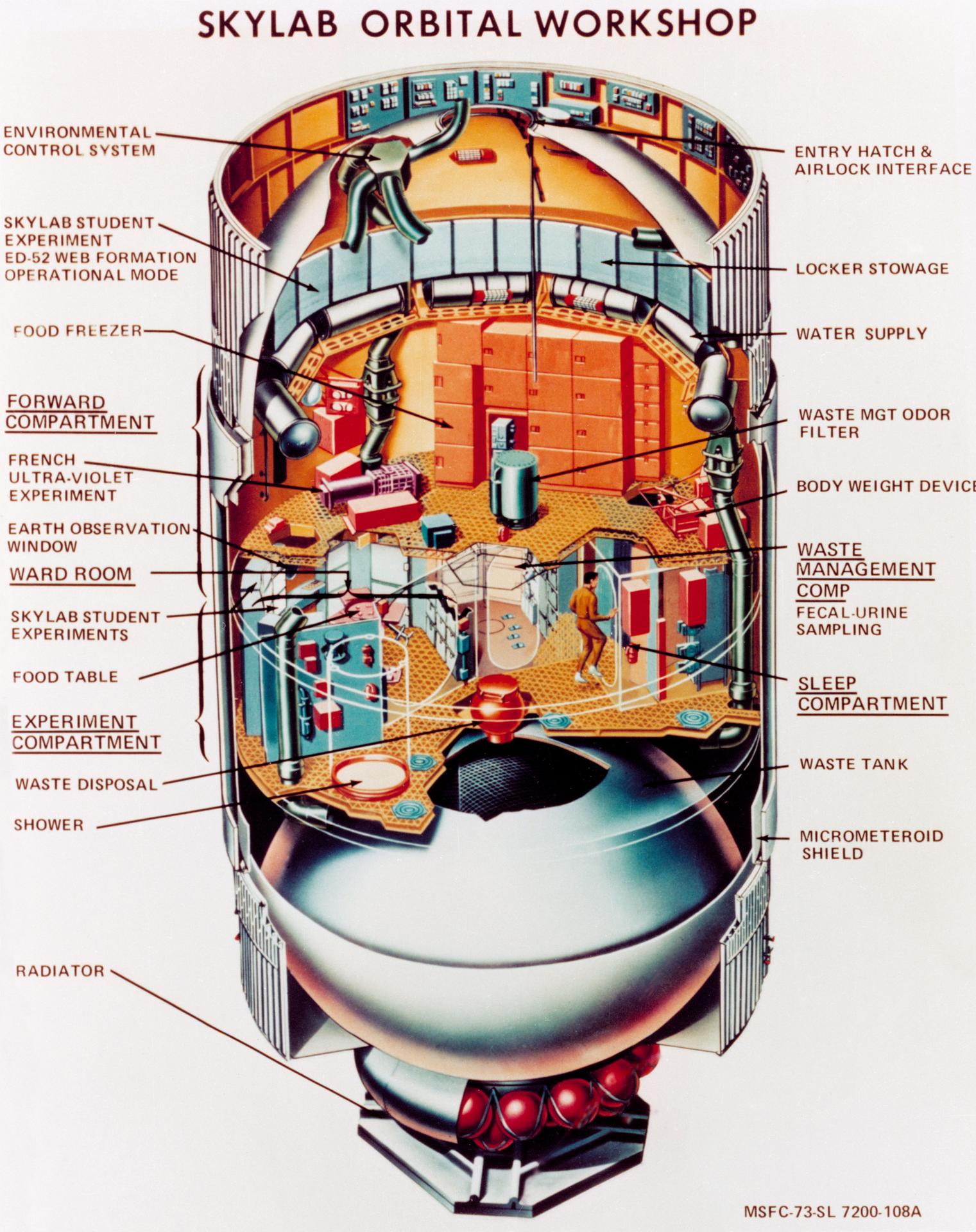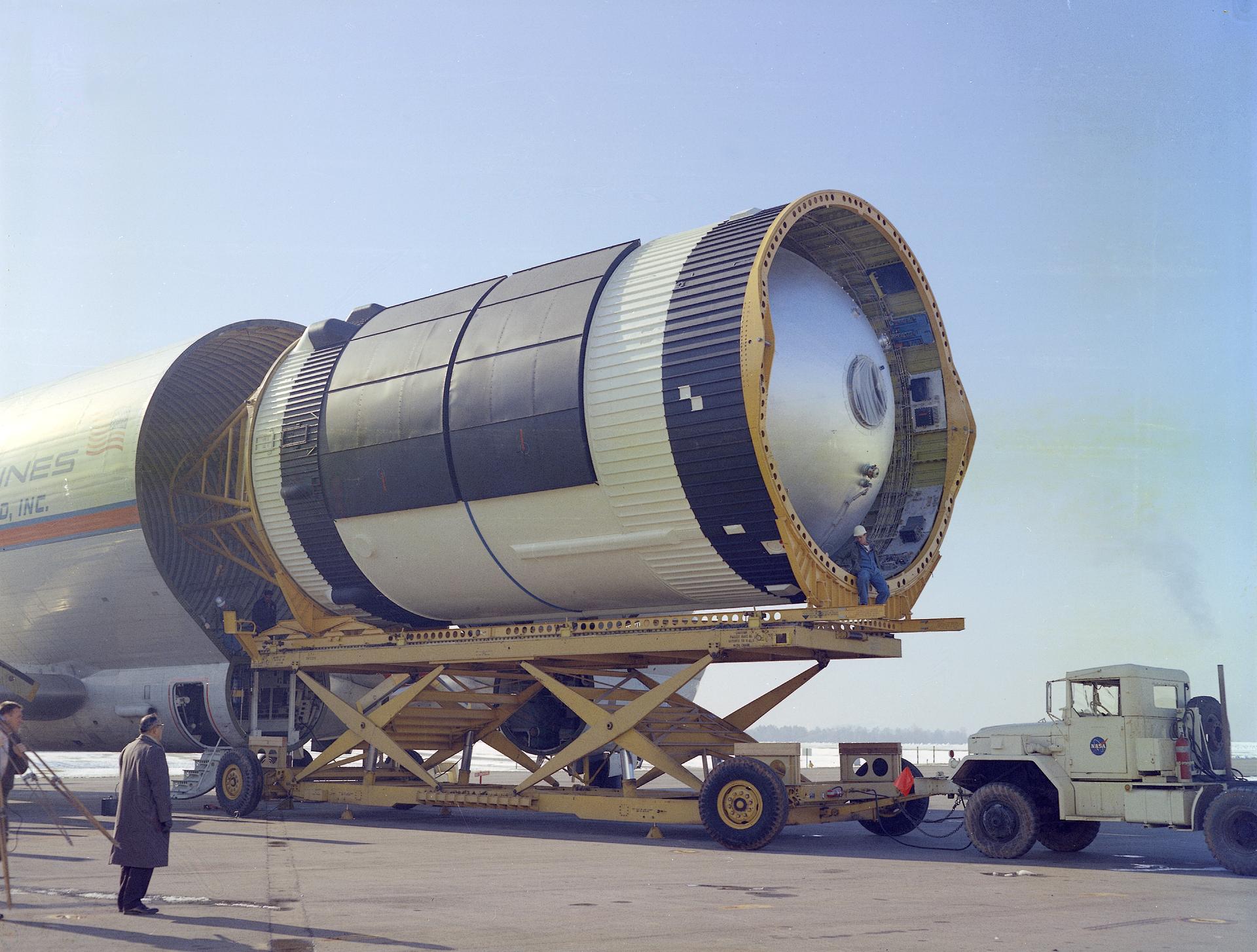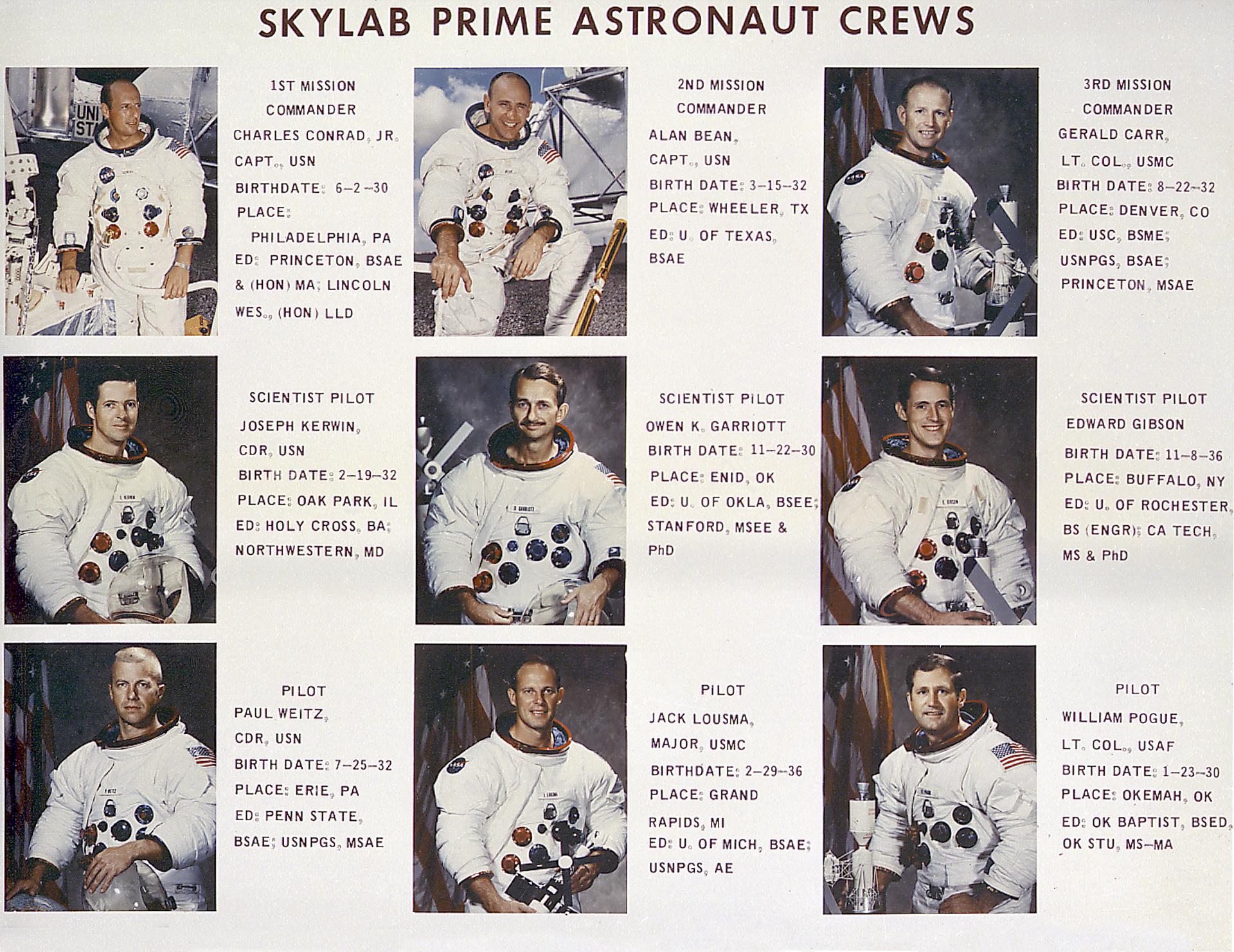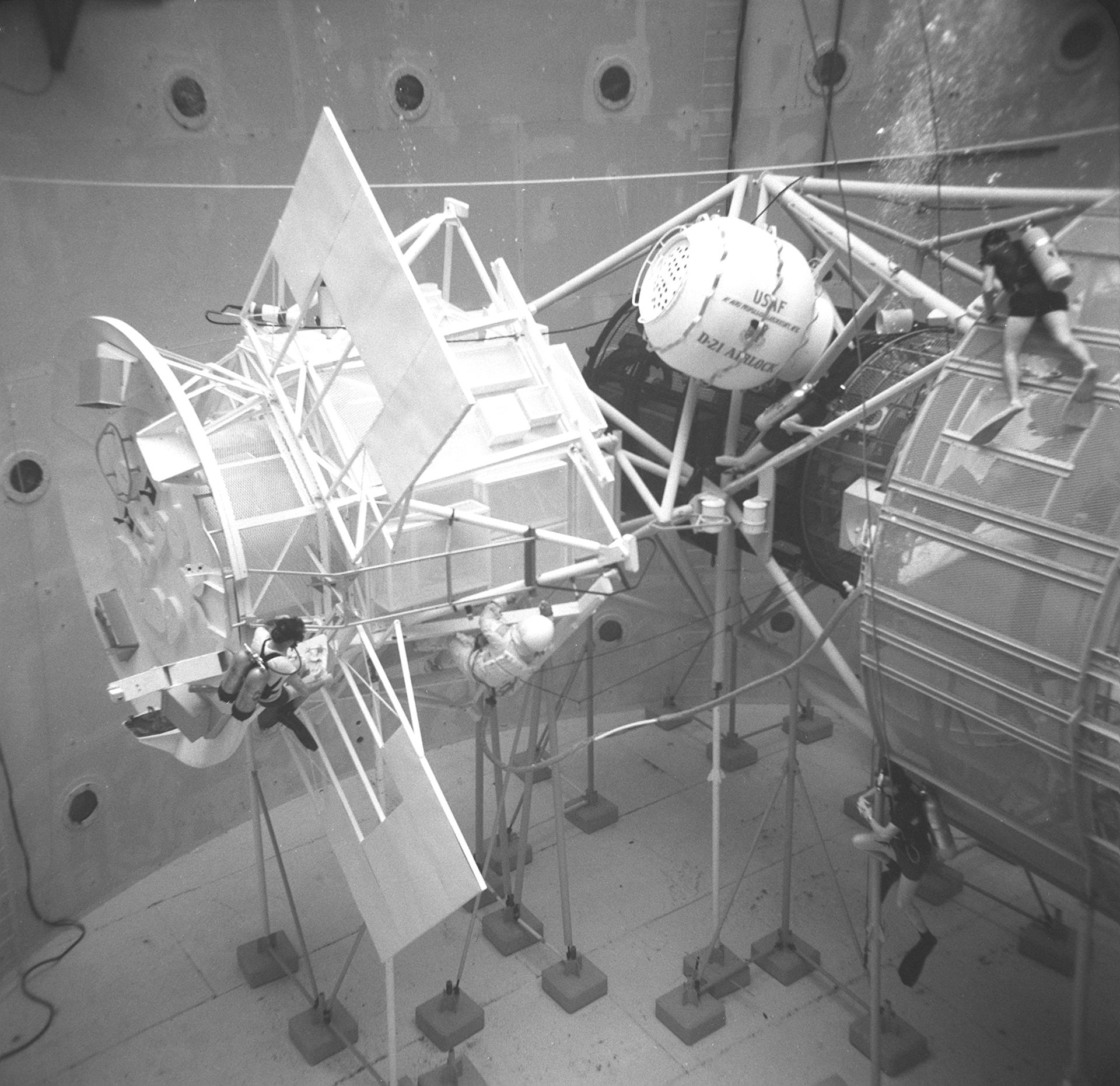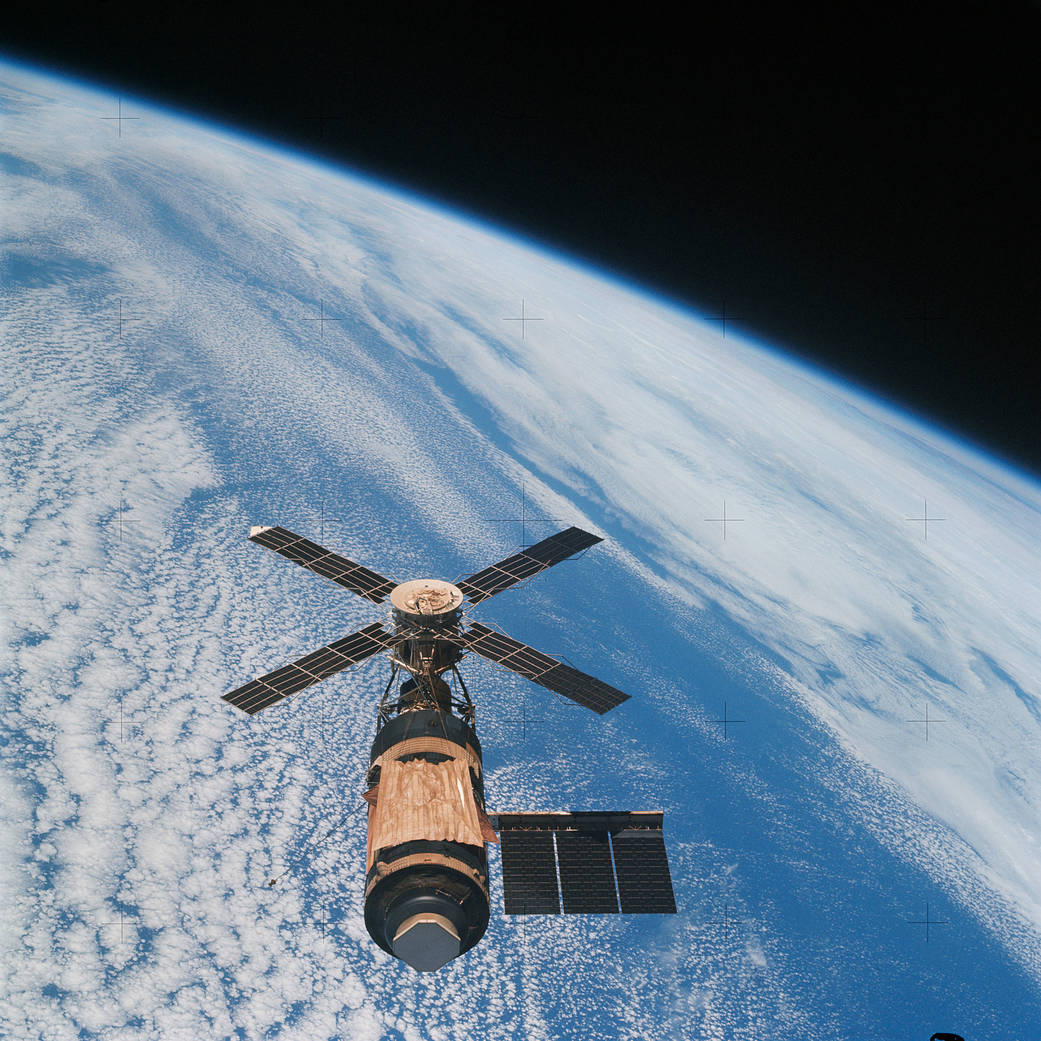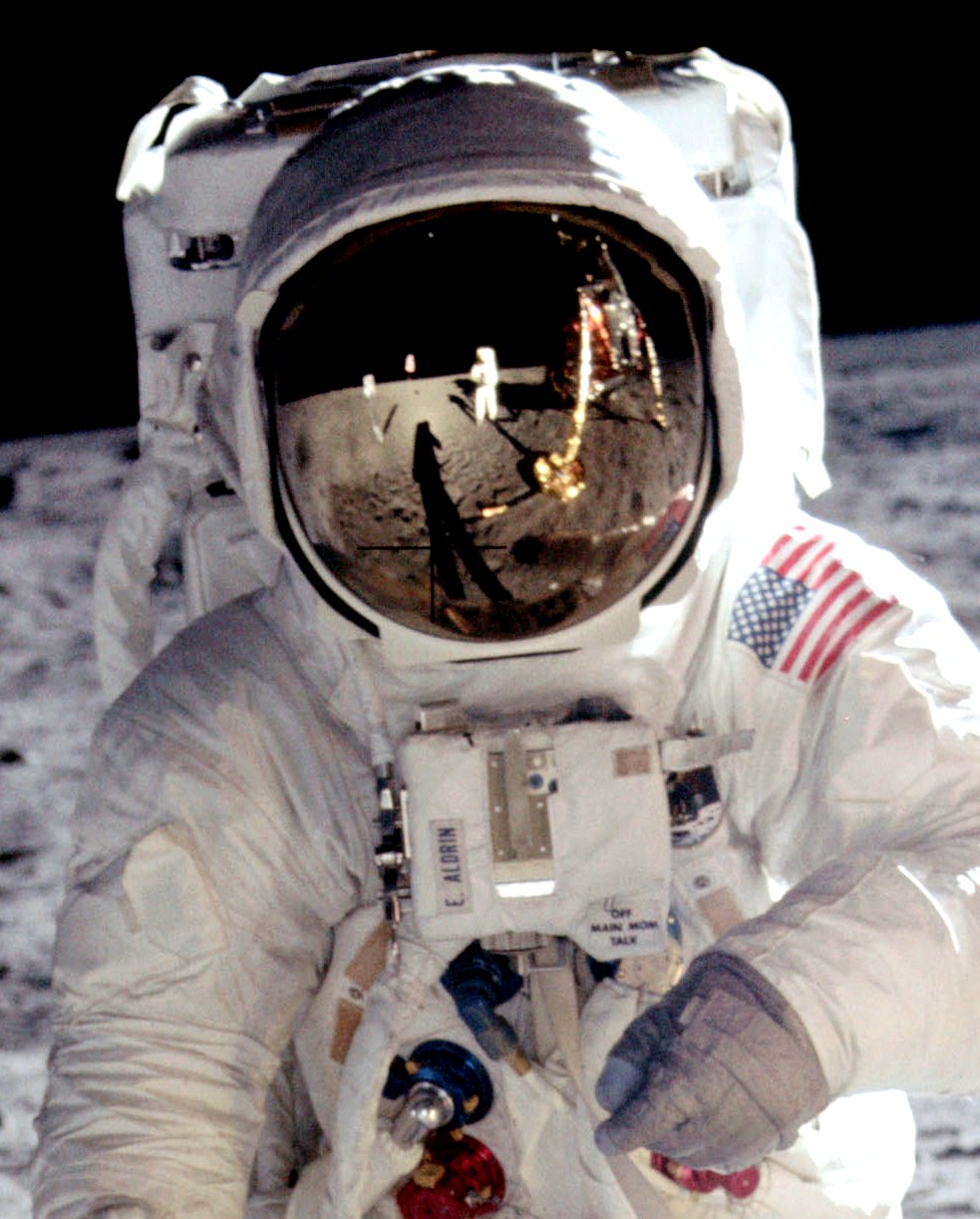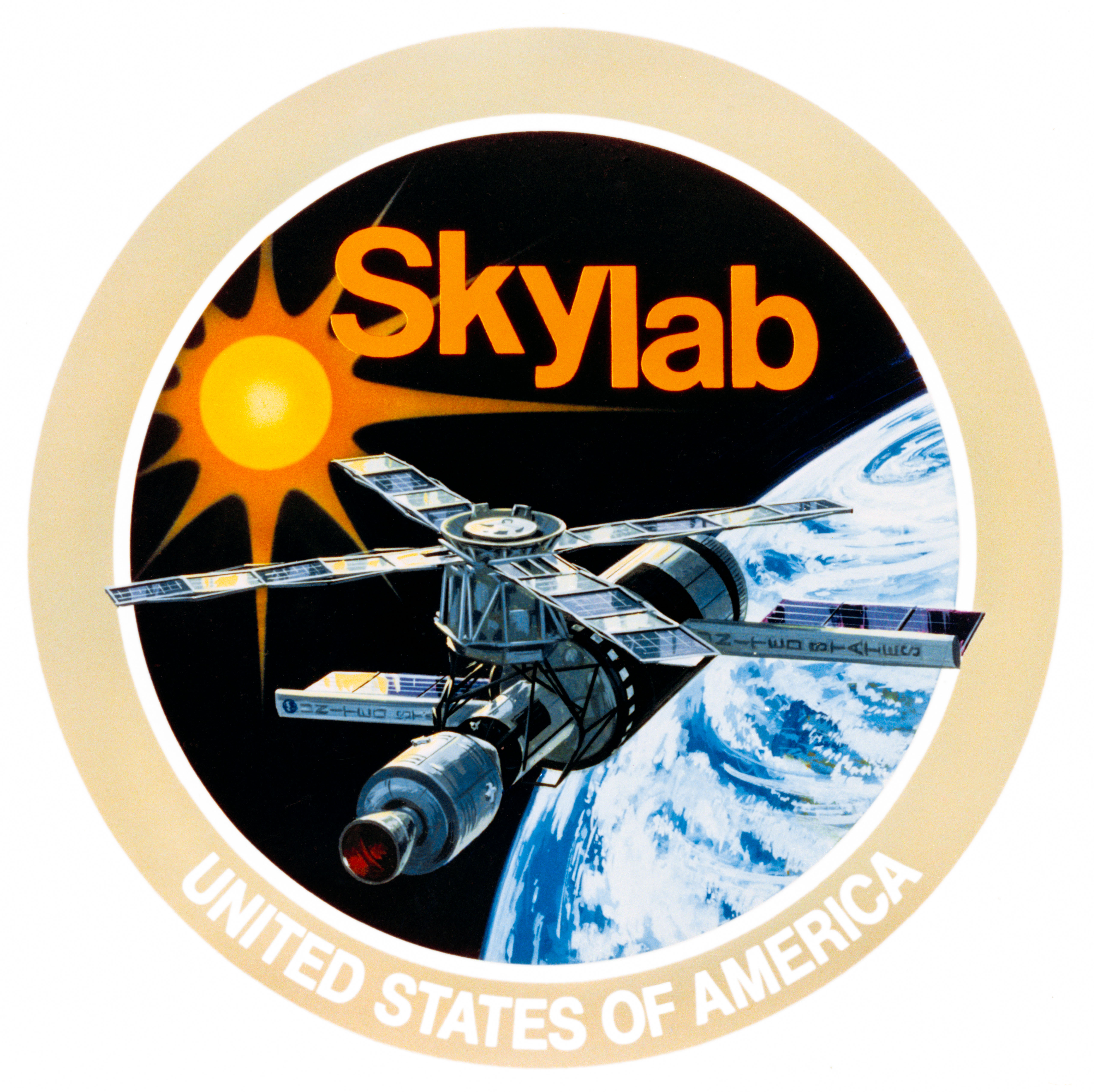
Skylab
Skylab, America's first space station, provided a detailed study of our planet from the incomparable vantage of orbit. Skylab served as the greatest solar observatory of its time, a microgravity lab, a medical lab, an Earth-observing facility, and, most importantly, a home away from home for its residents.
Mission Type
Crews
Launch
Deorbited
Part I – The History of Skylab
From its launch on May 14, 1973, until the return of its third and final crew on Feb. 8, 1974, the Skylab program proved that humans can live and work in outer space for extended periods of time.
Learn More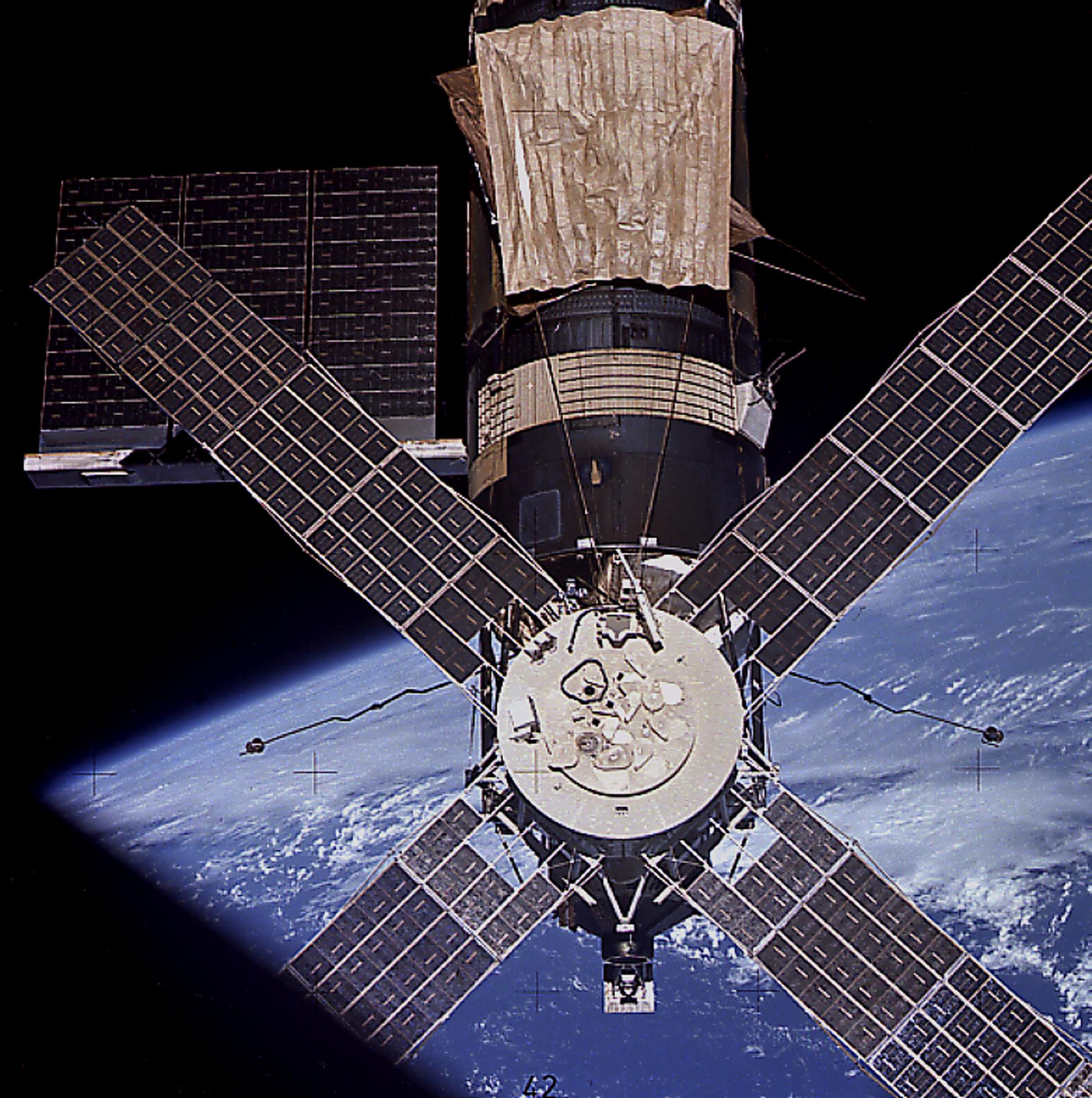
Part II – Life on Skylab
One of Skylab’s most important functions was to study the feasibility of long-duration space missions. As a result, the ongoing activity of astronauts just going about their daily lives in orbit was one of the greatest of all the scientific experiments aboard the station. Though they were free-falling in Earth orbit, traveling at 16,000 miles per hour, the Skylab crew members said that everyday life on the station was actually pretty normal.
Read More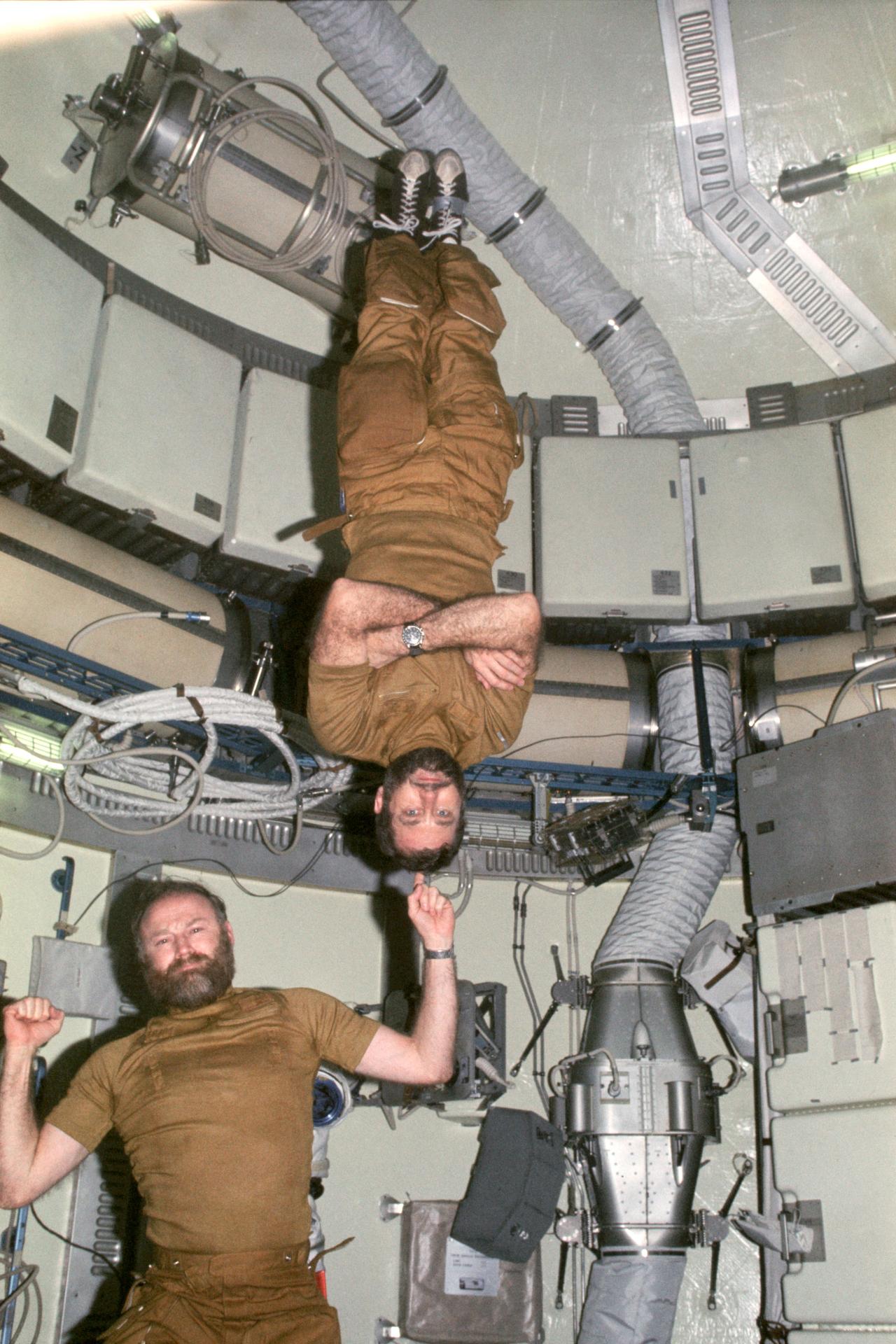
Part III – The Legacy of Skylab
For today’s students, Skylab is a part of history that took place long before they were born. But it is an important part of space exploration; it laid substantial groundwork for future space ventures. Its potential is just now being realized with the ISS. “I think most people would recognize Skylab as the world’s first space station, or at least the U.S.’s first space station,” said Garriott.
Read More
The Skylab Crewed Missions
50 Years Ago: The Launch of Skylab, America’s First Space Station
Skylab, America’s first space station and the first crewed research laboratory in space, lifted off on May 14, 1973, on…
Read the Story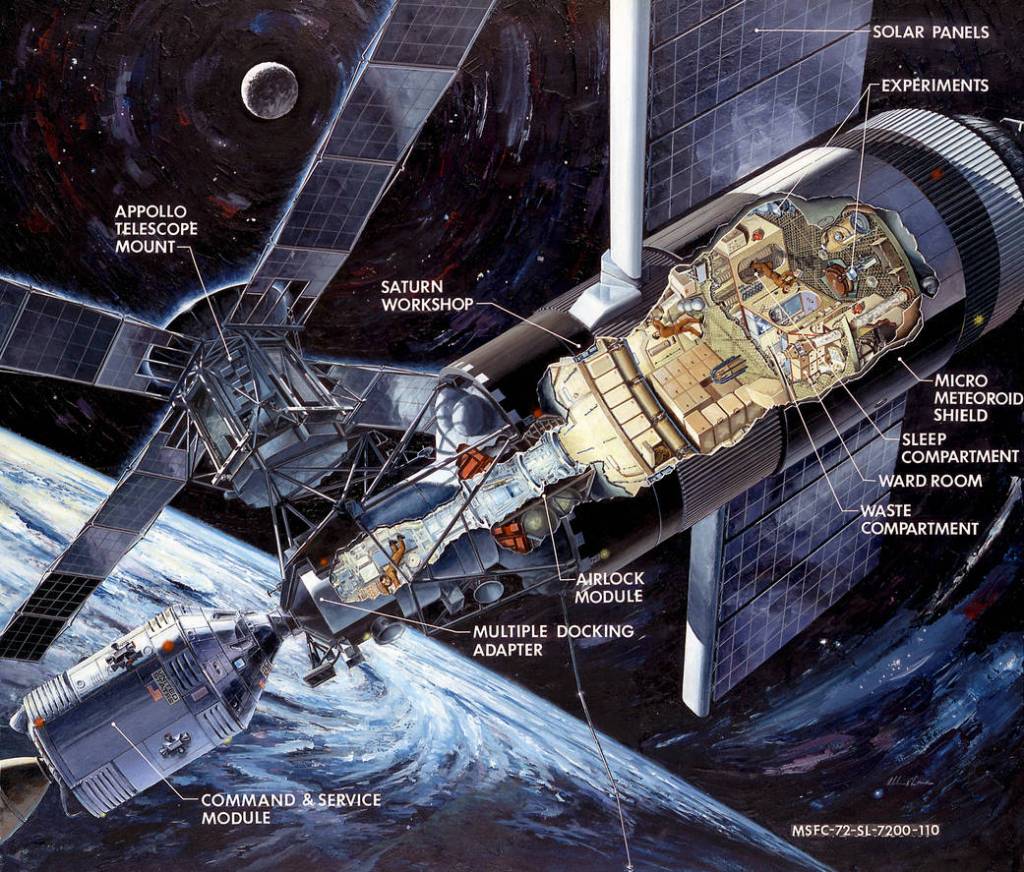
Latest Content
Stay up-to-date with the latest content from NASA as we explore the universe and discover more about our home planet.

A few days before they left Skylab on Feb. 8, 1974, the final crew to occupy the station raised its…
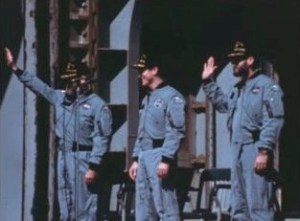
The longest spaceflight up to that time ended on Feb. 8, 1974, when Skylab 4 astronauts Gerald P. Carr, Edward…
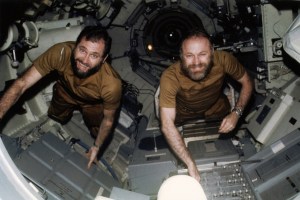
In December 1973, Skylab 4 astronauts Gerald P. Carr, Edward G. Gibson, and William R. Pogue passed the one-month mark…
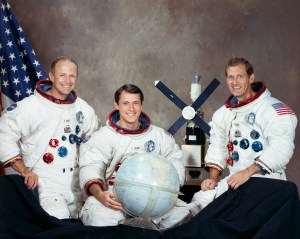
The third and final crewed mission to the Skylab space station, Skylab 4, got underway on Nov. 16, 1973, with…
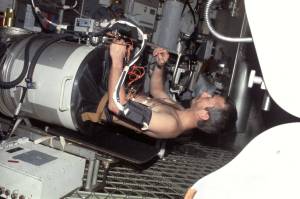
On Sept. 25, 1973, the longest human spaceflight up to that time ended with the splashdown of the Skylab 3…
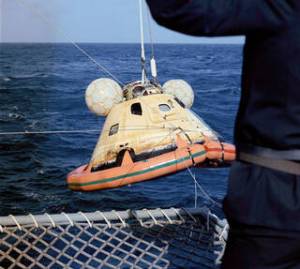
On Sept. 25, 1973, Tim Hogan and his colleagues from the Navy’s Underwater Demolition Team leapt from a hovering helicopter…
Space Stations
View Related Space Stations Imagery From Dream to Reality: Marshall Space Flight Center’ Role in Developing Space Stations By Tracy…
Read the Story